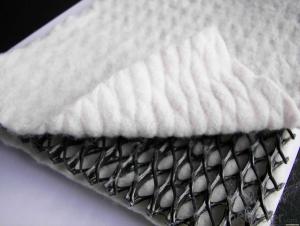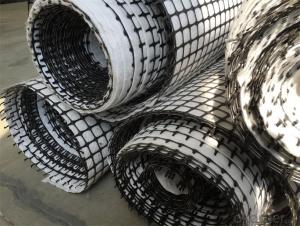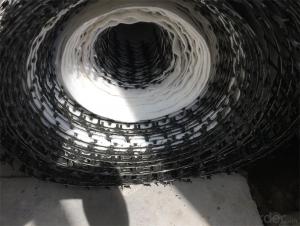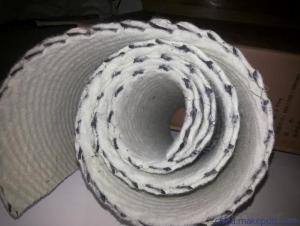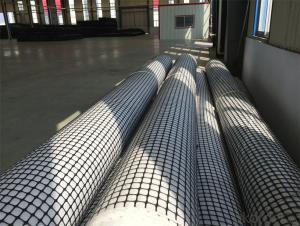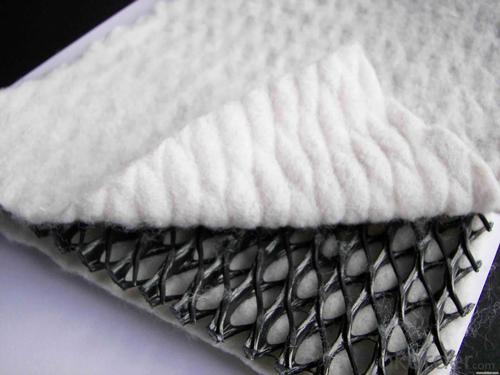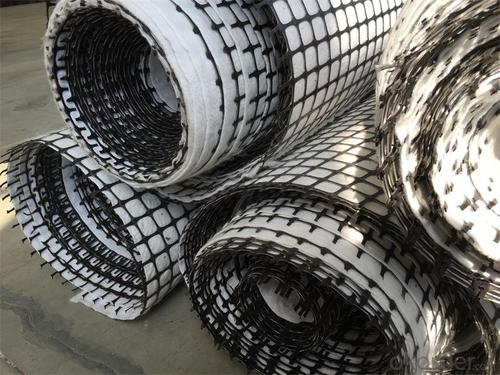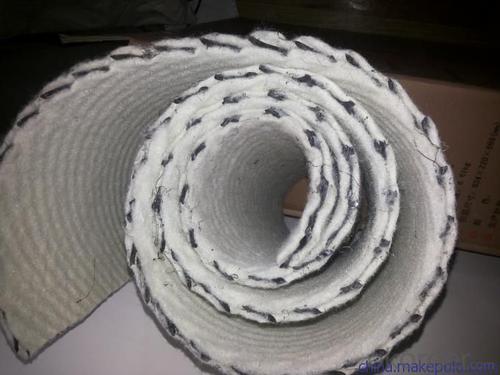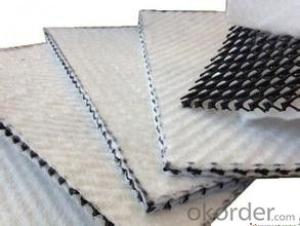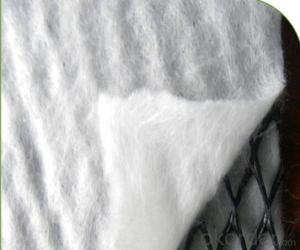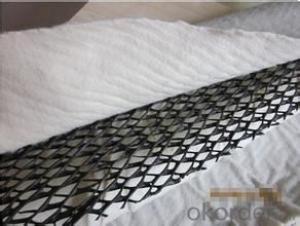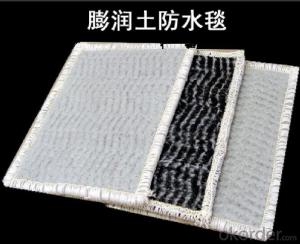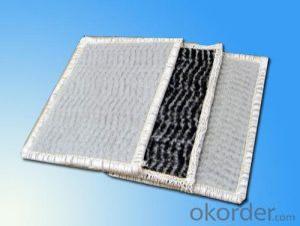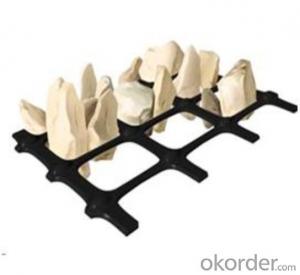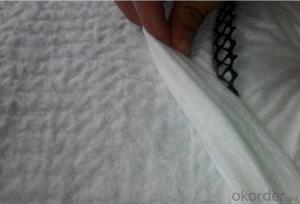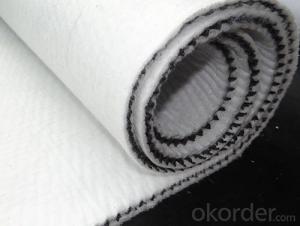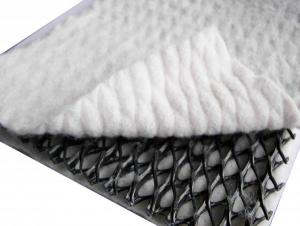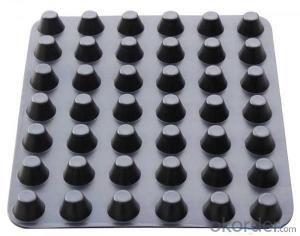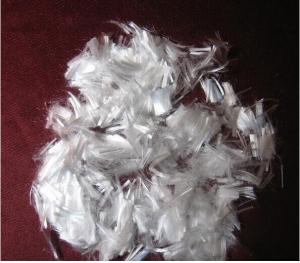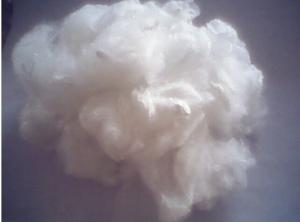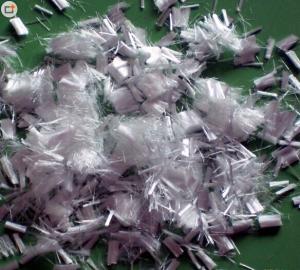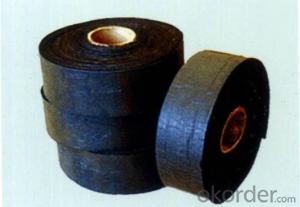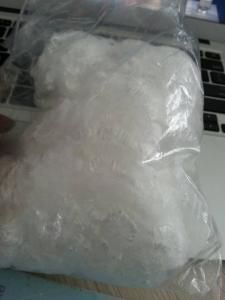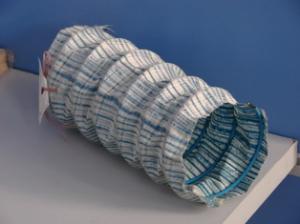Tri-dimension Composite Geonet for Drainage 4m
- Loading Port:
- Qingdao
- Payment Terms:
- TT or LC
- Min Order Qty:
- 5000 m²
- Supply Capability:
- 100000 m²/month
OKorder Service Pledge
OKorder Financial Service
You Might Also Like
Tri-dimension Composite Geonet for Drainage
Tri-dimension Composite Geonet for Drainage Introduction
It is a new type drainage material, made of geonet and non woven geotextile.
Tri-dimension Composite Geonet for Drainage Application
Landfill drainage, roadbed and road drainage, railway drainage, tunnel drainage, underground structure drainage, the retaining back wall drainage, gardens and sports grounds drainage.
Tri-dimension Composite Geonet for Drainage Specifications:
Geonet thickness: 5m-8m,
Width: 2m-4m.
Weight of non woven geotextile: 200g/m2.
Length: according to clients' request
Packaging Details:pp woven bags or at your request
Delivery Detail:15 days
Tri-dimension Composite Geonet for Drainage Property:
It has the property of geotextile and geonet and provide a function system filtration-drainage-protection.
The core of net with its unique tri-dimension structure can bear higher compression load in construction and remain the cerain thickness, provide good water conductivity.
FAQ:
Q: What kind of payments could you support?
A: T/T, L/C, Cash are accepted.
Q: Do you charge for the samples?
A: Accordeing to our company policy, the samples are freee, we only charge the freight fee. And we will return the freight fee during the next order.
Q: Can you produce according to customers' design?
A: Sure, we are professional manufacturer, OEM and ODM are both welcome.
Q: Do you have other products?
A: Yes, please check the pictures:
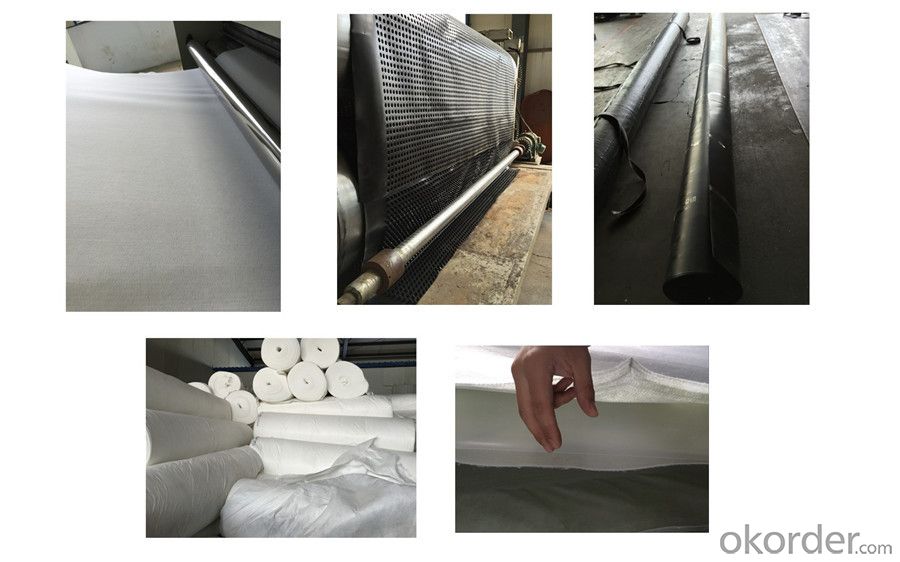
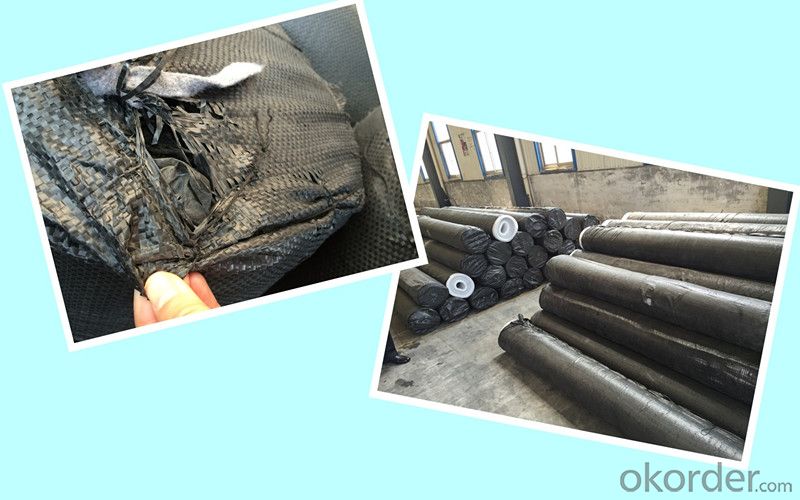
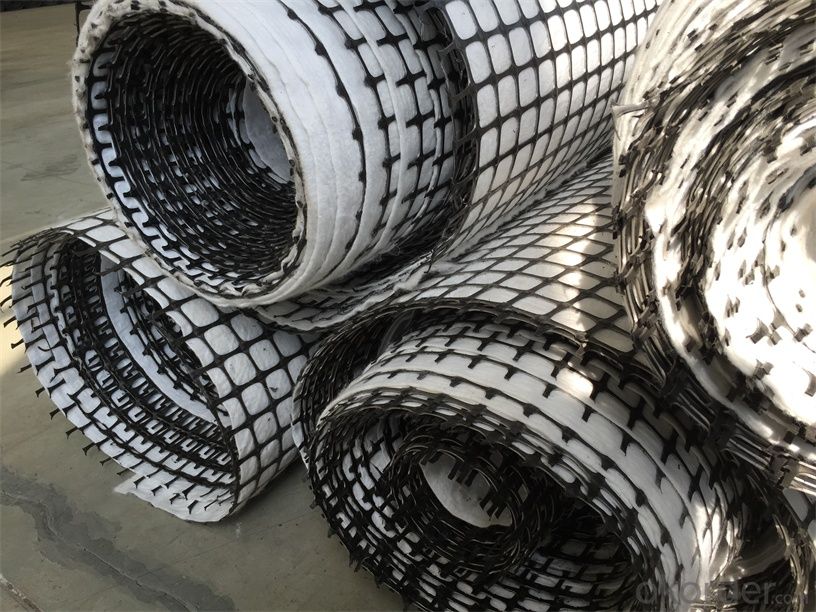
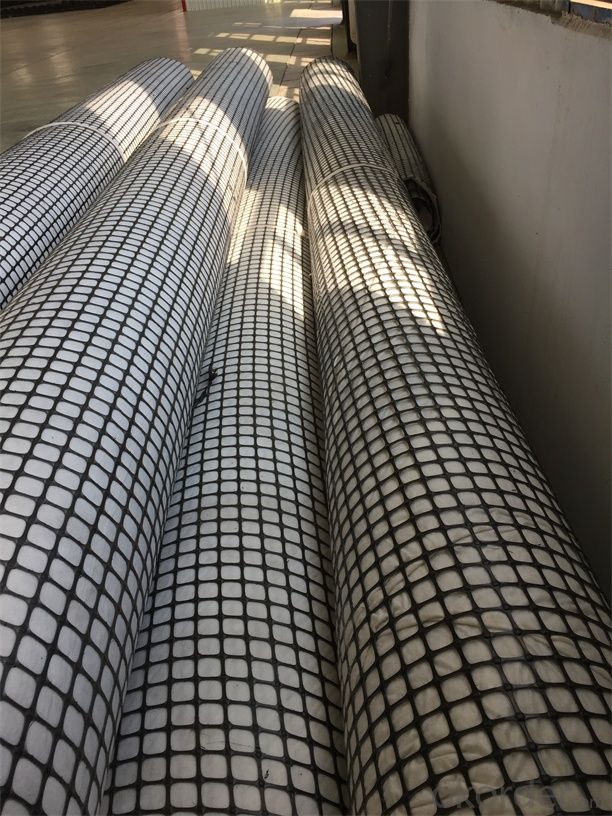
- Q: Can earthwork products be used in stormwater management systems?
- Yes, earthwork products can be used in stormwater management systems. Earthwork products such as geotextiles, geogrids, and erosion control mats can play a crucial role in controlling erosion, providing slope stabilization, and improving the overall performance of stormwater management systems. They help to prevent soil erosion, retain sediment, and enhance the filtration and drainage capabilities of stormwater facilities, ultimately reducing the impact of stormwater runoff on the environment.
- Q: How do earthwork products help with sediment control?
- Earthwork products help with sediment control by providing physical barriers and erosion control measures to prevent soil erosion and sediment runoff. These products, such as sediment control blankets, silt fences, and sediment basins, help to trap and retain sediment on construction sites, preventing it from being washed away by rainfall or runoff. By keeping sediment in place, these products protect nearby water bodies from pollution and maintain the overall health of the ecosystem.
- Q: How do earthwork products contribute to wildlife habitat creation?
- Earthwork products, such as soil, rocks, and logs, play a crucial role in wildlife habitat creation. They provide the necessary materials for creating diverse and favorable habitats for various species. For instance, soil can be used to create mounds or berms, which offer nesting sites and shelter for ground-dwelling animals. Rocks and logs can be strategically placed to create hiding spots, basking areas, and even artificial caves for reptiles and amphibians. By manipulating the landscape with earthwork products, we can enhance habitat complexity, increase biodiversity, and create a more sustainable environment for wildlife.
- Q: Can earthwork products be used in green roof construction?
- Yes, earthwork products can be used in green roof construction. Earthwork products such as soil, compost, and drainage materials are commonly used in the construction of green roofs to provide a suitable growing medium for plants and facilitate proper water drainage.
- Q: What is the purpose of using geotextiles in groundwater protection projects?
- The purpose of using geotextiles in groundwater protection projects is to prevent soil erosion and filtration of contaminants by providing a barrier and stabilizing the soil. Geotextiles act as a protective layer that allows water to pass through while preventing the movement of soil particles and pollutants, thereby safeguarding the quality of groundwater.
- Q: The relationship between material development and civil engineering development
- The emergence and development of new materials to promote the human society and history, civilization, progress. Material is the material basis of human production and life, is the direct driving force of social development. The development of materials and its application is an important milestone in human civilization and social progress
- Q: Questions about civil engineering materials
- Incorporation of highly efficient active mineral admixtures
- Q: How do segmental retaining walls provide stability?
- Segmental retaining walls provide stability by utilizing interlocking blocks or units to create a strong and cohesive structure. These blocks are designed to fit together tightly, preventing any movement or shifting of the wall. Additionally, the weight of the blocks and the angle of the wall help to distribute and withstand the pressure exerted by the soil or other materials being retained. This system ensures stability and prevents the wall from collapsing or failing under the load.
- Q: Are there any specific earthwork products available for military engineering projects?
- Yes, there are several specific earthwork products available for military engineering projects. These include products such as geotextiles, geogrids, and erosion control materials that are designed to provide stability and reinforcement to the soil in various military construction and infrastructure projects. These products are specifically engineered to meet the unique requirements and challenges faced by the military in terms of durability, strength, and adaptability in different terrains and environmental conditions.
- Q: What is the lifespan of geosynthetics in earthwork applications?
- The lifespan of geosynthetics in earthwork applications can vary depending on various factors such as the type of geosynthetic material used, the environmental conditions, and the level of maintenance. However, in general, geosynthetics are designed to have a long service life ranging from 20 to 100 years.
Send your message to us
Tri-dimension Composite Geonet for Drainage 4m
- Loading Port:
- Qingdao
- Payment Terms:
- TT or LC
- Min Order Qty:
- 5000 m²
- Supply Capability:
- 100000 m²/month
OKorder Service Pledge
OKorder Financial Service
Similar products
Hot products
Hot Searches
Related keywords
